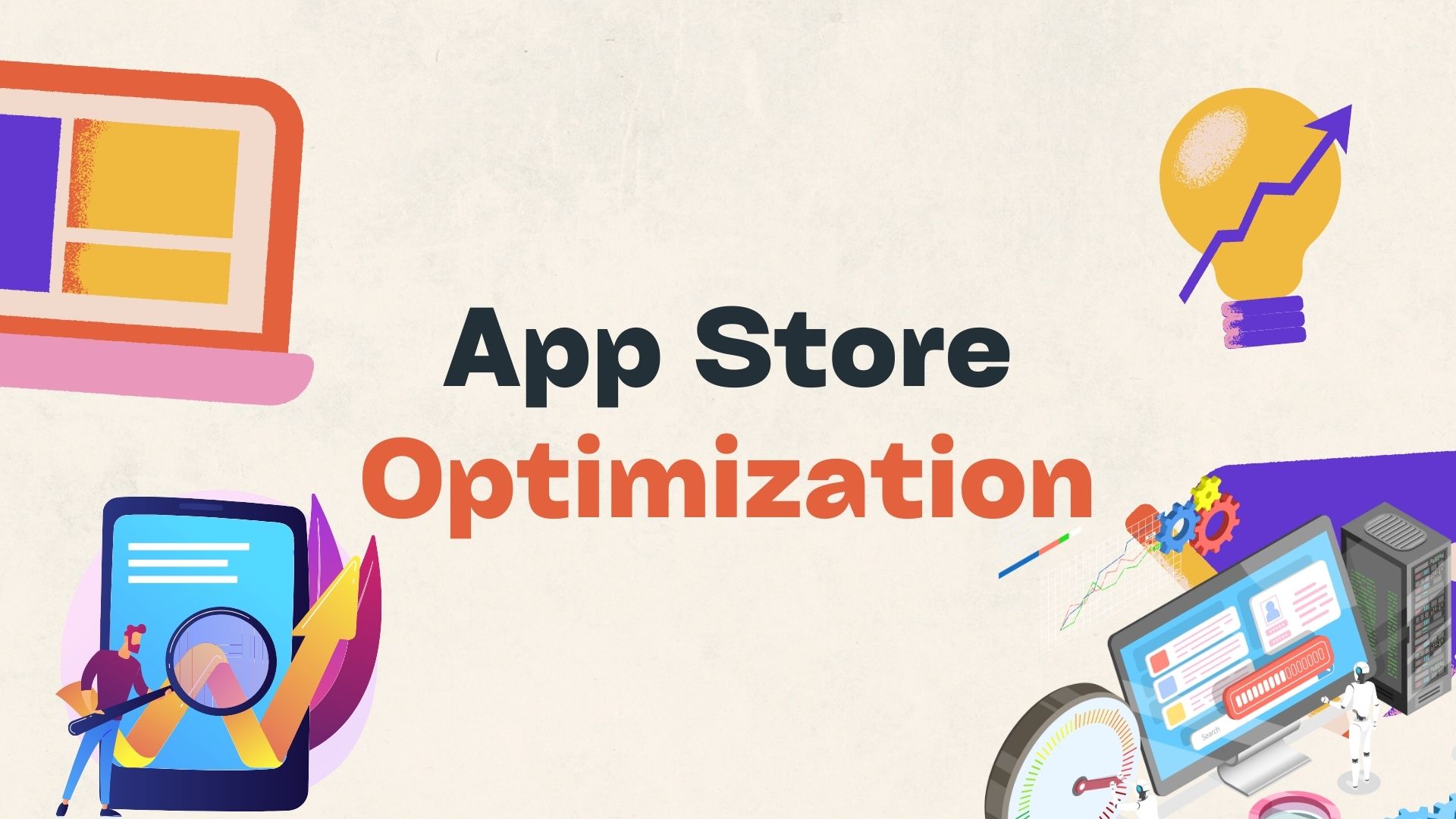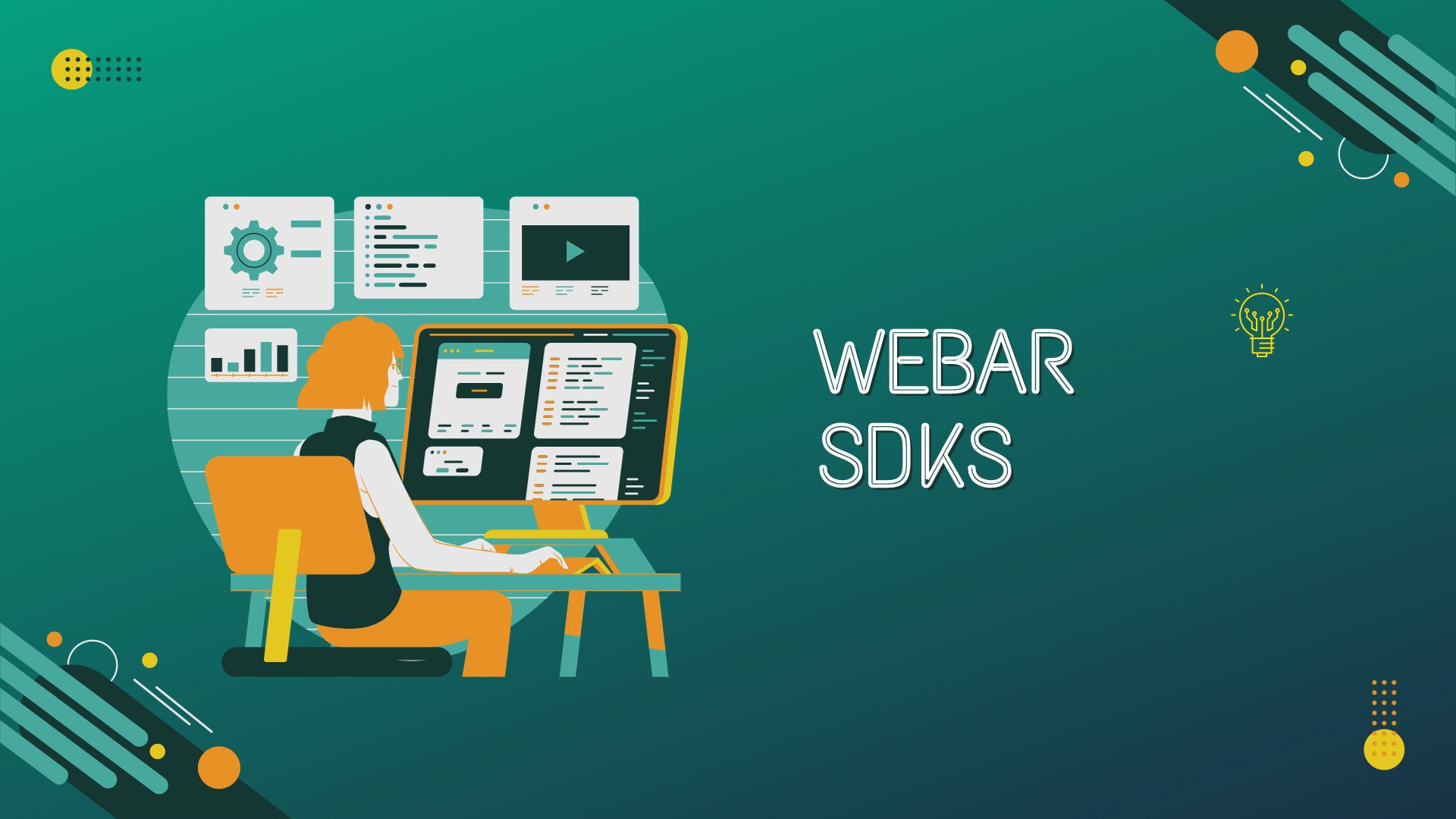Big Data: What Will You Do for an Encore?
Page Contents
There has been a lot of focus on the first big value-add insight one gets from Big Data analytics, but not a lot on why you should keep on going after that. To keep deriving value from Big Data, I would suggest that Big Data users should consider setting up a “customer-driven analytical process,” with the information architecture designed to support that process.
Preliminary use cases suggest that such a process yields better understanding of the customer — and, equally important, where the customer is going. The “customer-driven analytical process” nets out to a process plus an information architecture that supports that process. Let’s take a look at each, in turn.
Faking an Agile Big Data Process
The ideal process for leveraging Big Data over the long term would be agile. (My definition, not the usual marketing hype.) That is, it would be iterative, incremental, with frequent collaboration with the customer, and focused on change.
However, in today's un-agile enterprise, and particularly in dealing with un-agile senior executives, that won't work. There's a wonderful phrase for this kind of problem, that I credit to Jim Ewel of Agile Manifesto fame: HIPPO. It stands for the Highest-Paid Person in the Room, and it refers to the tendency of decision-making to be made according to the market beliefs of the HIPPO rather than customer data.
Still, I believe something can be salvaged from agile marketing practices: the idea of being customer-data-driven.
The process itself would be one of iterative deeper understanding of the customer. This involves, in more or less equal parts:
- Understanding the customer as he/she is now (buying procedures/patterns, plus how to chunk the present and potential parts of the market)
- Understanding where the customer is going (changes in buying behavior, new technologies/customer interests, evolution of present changes via predictive analytics carefully applied — because agile marketing tells us there's a danger in uncritical over-application of predictive analytics)
The process would be one of rapid iteration of customer-focused, Big Data-driven insights, typically by data scientists, often feeding the CMO and marketing first, as befits the increased importance in today's large enterprise of the CMO.
How does the typical enterprise get there from here? Some suggestions:
- Carve out the “data scientist” and marketing personnel leveraging the insights as a separate “glue” part of the organization, with the CMO or parts of the new organization tasked with identifying needs for Big Data and disseminating insights widely, preferably via frequent “science fairs,” to use one marketer’s pithy phrase.
- Ensure that tasks in the process give equal weight to “where the customer is going” via both application of predictive analytics and checkpoints in the process to ask “yes, but will the customer continue to do this?”
Customer-Driven Big Data Architecture
Next, I assert that the process should have a Big Data information architecture aimed at supporting it. If we are to use Big Data in gaining customer insights, then our architecture should allow access to, and support integration of, the three types of Big Data sources: (a) sensor-driven (real-time streams of data from Web sensors such as GPS tracking and smartphone video), (b) social media (the usual Facebook/Pinterest sources of customer interest/interaction unstructured data), and (c) traditional in-house data that tends to show up in the data warehouse or data marts.
Suggestions for the typical enterprise in getting there:
- Implement a global metadata repository, data virtualization and master data management, to give users, developers and administrators “one interface to choke” (or, in other words, a veneer that makes all three data sources appear integrated). This may seem a daunting task, but today’s data virtualization and MDM solutions have gone far down the path of auto-discovery and easy implementation, making it quite doable.
- Establish support for the architecture that emphasizes identifying and incorporating new data sources on the Web (again, using data virtualization’s auto-discovery capabilities), not merely recycling old data and yesterday’s “hot topics.”
Bottom Line for Customer-Driven Big Data Process
What I suggest you have in the process I’ve just laid out is a Big Data-focused, customer insight-driven enterprise-driving analytical process. Or, for short, the “customer-driven enterprise.”
Agile software development and agile marketing teach us that the results of such a process, even if we are faking agile, are greater customer satisfaction, lower cost to create Big Data insight, more rapid and therefore more profitable leveraging of insights, more rapid movement to the next insight, higher quality insights, and lower risk of being blindsided by competitors’ leveraged insights.
Me, I prefer to emphasize the longer term. If one faithfully implements a customer-driven Big Data process, it makes a truly agile next step much easier, by allowing the CMO to overcome HIPPO resistance more easily – and that’s when you see the really big payoff. Moreover, even today’s agile software development and agile marketing are hampered by a relatively un-agile information architecture; the steps you take in creating the new Big Data architecture will lead you down the path toward such an agile information architecture.
Who wins in this scenario? IT and business users, developers and administrators. How many win-wins are enough for you?
Wayne Kernochan is the president of Infostructure Associates, an affiliate of Valley View Ventures that aims to identify ways for businesses to leverage information for innovation and competitive advantage. Wayne has been an IT industry analyst for 22 years. During that time, he has focused on analytics, databases, development tools and middleware, and ways to measure their effectiveness, such as TCO, ROI, and agility measures. He has worked for respected firms such as Yankee Group, Aberdeen Group and Illuminata, and has helped craft marketing strategies based on competitive intelligence for vendors ranging from Progress Software to IBM.

Wayne Kernochan has been an IT industry analyst and auther for over 15 years. He has been focusing on the most important information-related technologies as well as ways to measure their effectiveness over that period. He also has extensive research on the SMB, Big Data, BI, databases, development tools and data virtualization solutions. Wayne is a regular speaker at webinars and is a writer for many publications.



